On this crisp September day in 2025, I set out to walk along Bozeman’s Main Street, a thoroughfare that carries with it the weight of history and the pulse of the present. The air was sharp with autumn, and the town was alive with a mixture of locals going about their day and visitors pausing to admire the fine old brickwork and the mountain backdrop. It is a street where every building seems to tell a story, where the past and present meet at each corner.
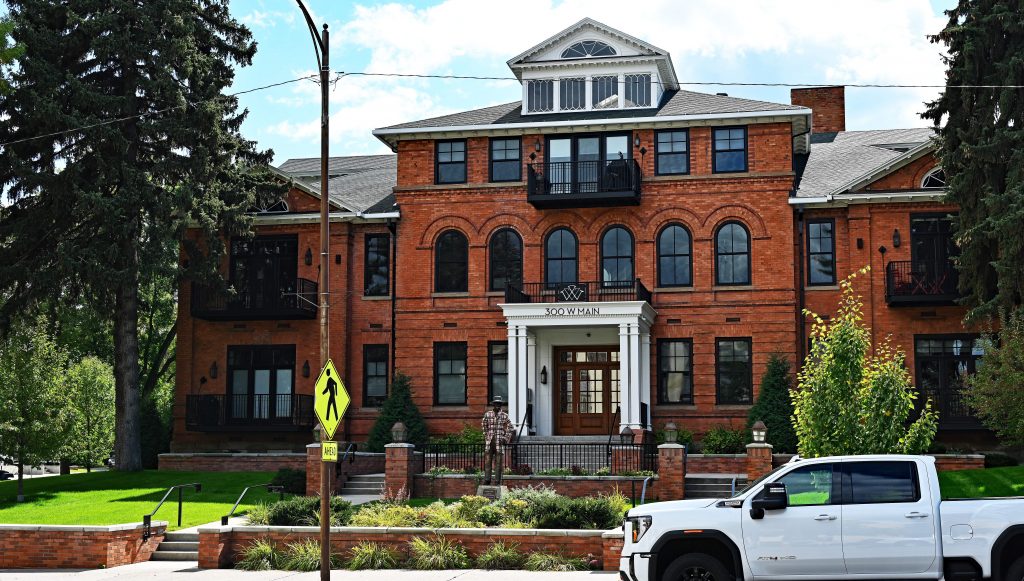
As I walked, I thought back to 1864, when three and a half thousand people and more than seventeen hundred wagons passed through this very corridor on what was then called the Bozeman Trail. Today it is paved, lined with cafés, shops, and galleries,
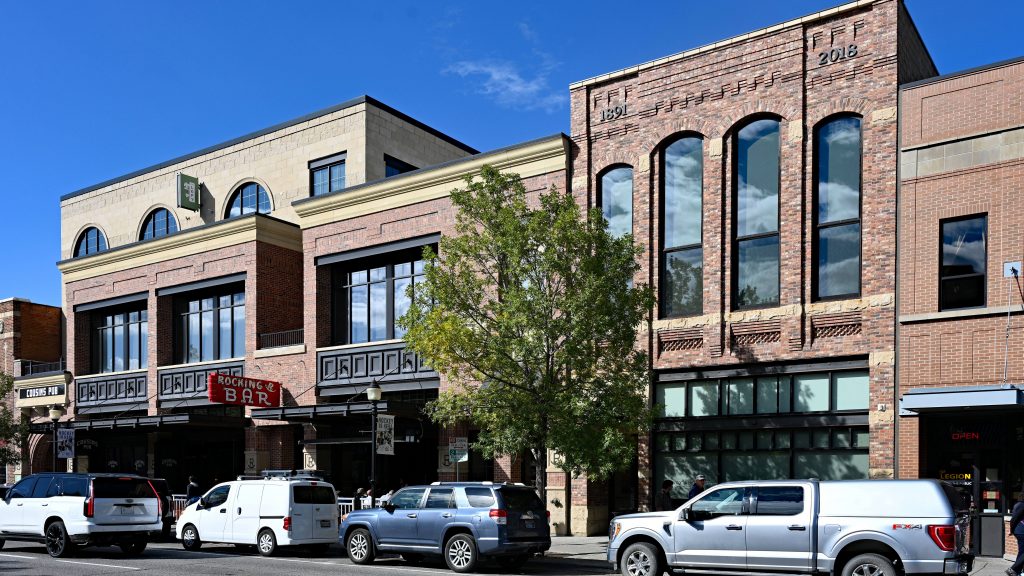
but once it was the dusty route of settlers chasing a new life. Only a few years later, in 1867, tragedy struck when John Bozeman, the town’s founder, was found mysteriously murdered near Livingston, leaving behind more questions than answers.
The street carries reminders of resilience and ambition. In 1872, when Yellowstone was declared the nation’s first national park, the Cooper & Black building rose here, solid and proud, four years before Custer’s defeat at the Little Bighorn. Its walls have weathered more than a century, yet they still stand as though guarding the memory of that turbulent era.
I paused before the Baxter Hotel, whose grand opening in 1929 had once drawn two hundred and fifty elegantly dressed guests to a banquet and ball. Even now the building radiates a certain grandeur, its presence recalling an age when Bozeman sought to impress with style and refinement.
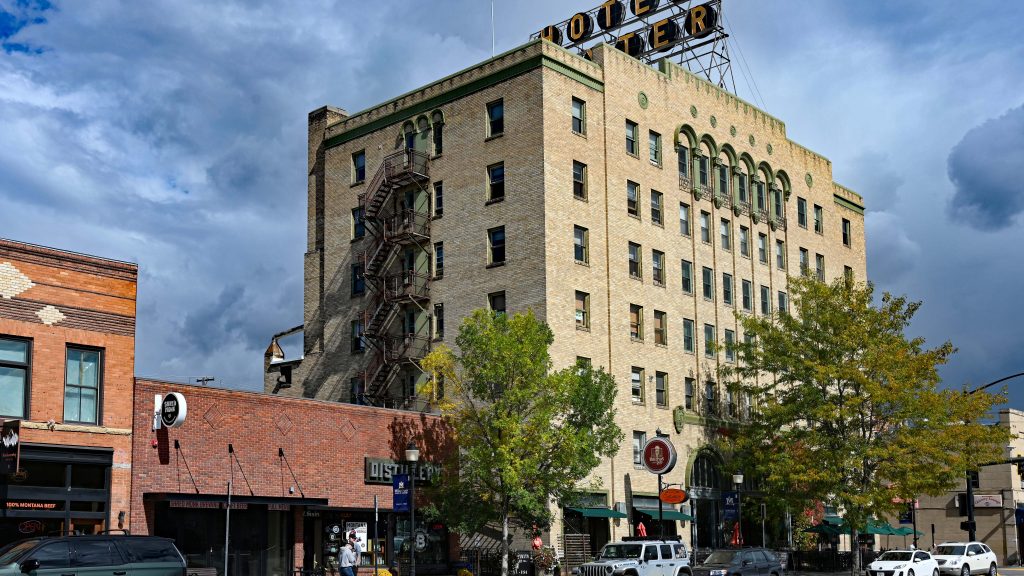
Not far away, the Gallatin County Jail, designed in 1911 by Bozeman’s premier architect Fred Willson, still commands attention with its Gothic Revival lines. The heavy bricks, some said to have been taken from the ten-foot exercise yard wall that once stood here, lend it a sense of stern permanence.
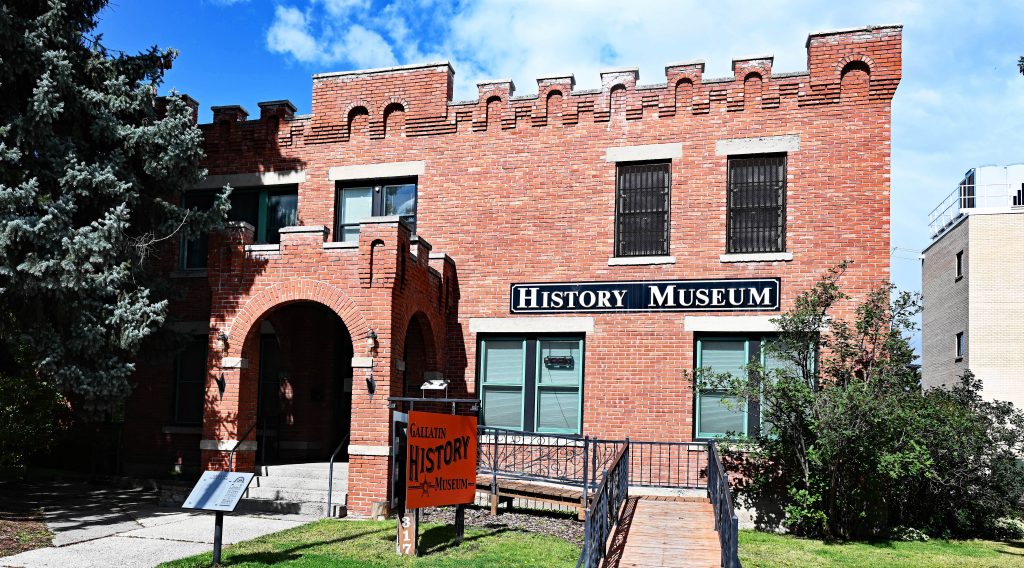
The jail is gone now, its cells silent, but the structure has found a new life as the Gallatin Historical Society and Pioneer Museum, a place where the town’s collective memory is carefully preserved.
Willson’s hand shaped much of Bozeman. The Gallatin County Courthouse, constructed between 1935 and 1936 with funding from Roosevelt’s Public Works Administration, embodies a streamlined design that feels at once modern and symbolic of a new era dawning in those difficult Depression years.
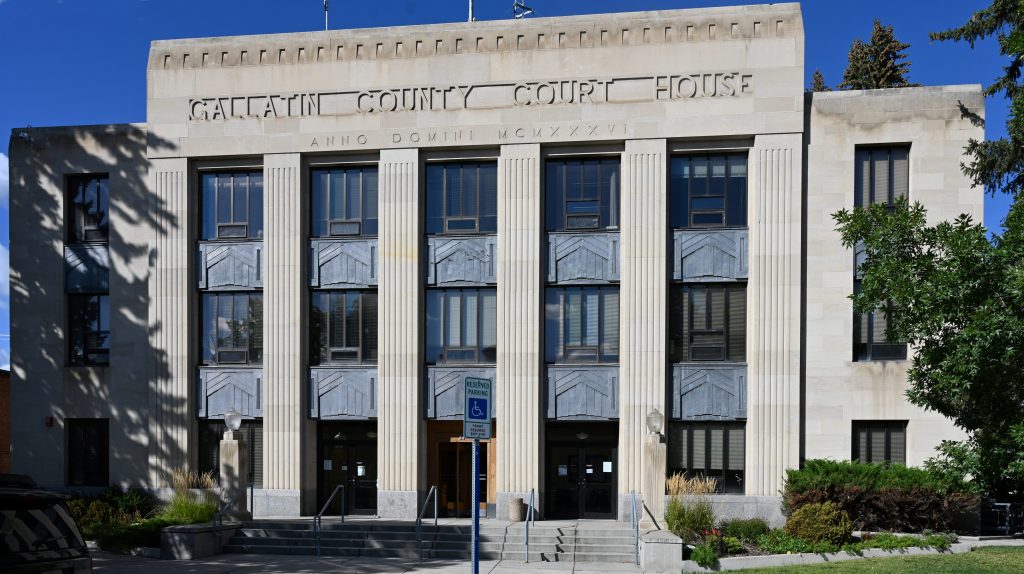
His churches, too, mark the town’s skyline. The Holy Rosary Church, completed in 1908, rises in impressive Gothic Revival style, its pointed arches and stone detailing echoed in the adjacent rectory that Willson himself designed. Standing there, I felt a sense of reverence not only for the faith the building represents but also for the craftsmanship that continues to speak across time.
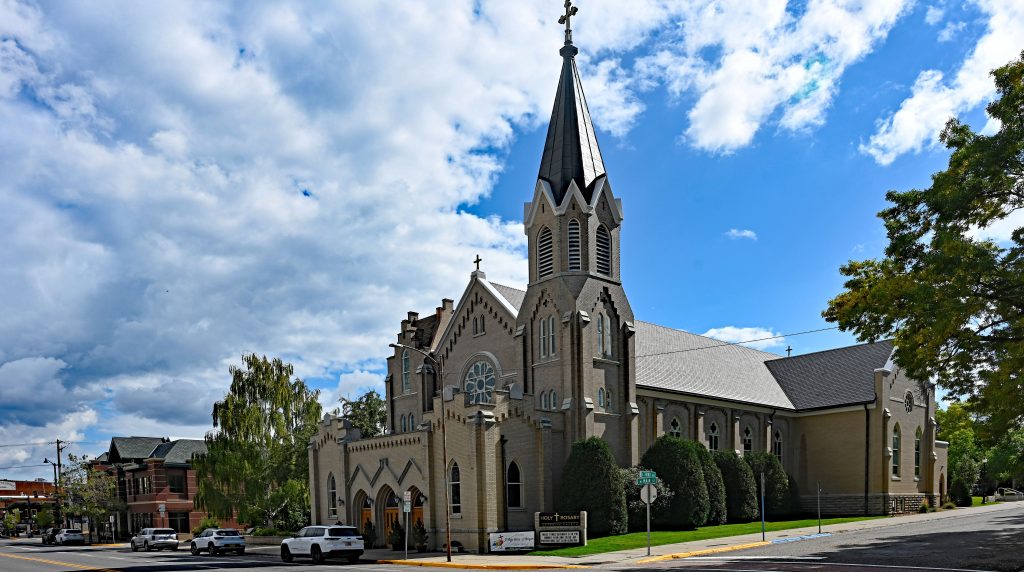
Further along, I came upon the Avant Courier building, completed in 1881. Once the home of Bozeman’s influential newspaper, it carried the voice of the town’s settlers and dreamers. I imagined William W. Alderson, one of Bozeman’s earliest settlers, overseeing the presses as the ink dried on words that would shape the growing community.
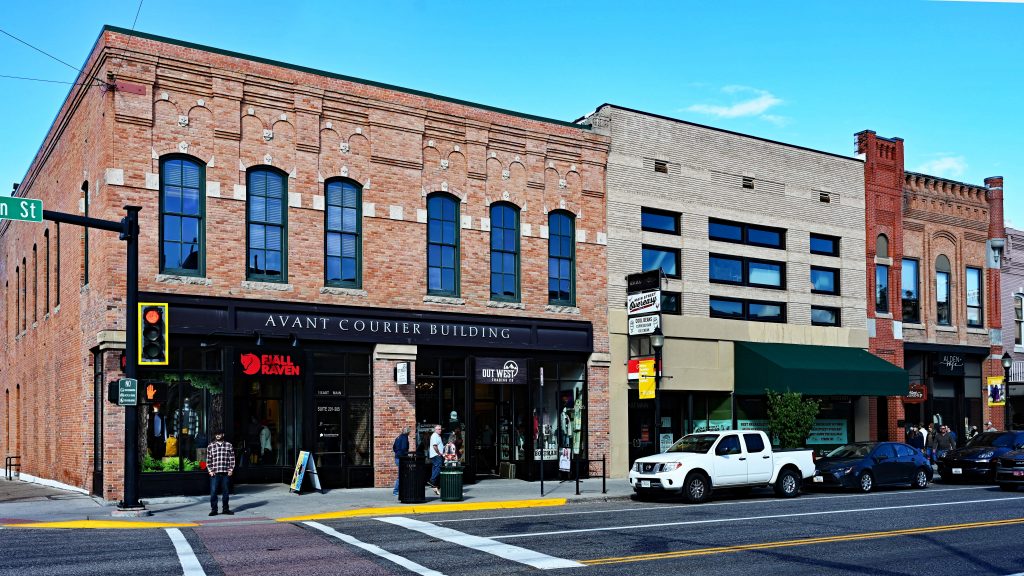
The Masonic Temple of Gallatin Lodge, with its three adjacent buildings, reflects the optimism of the railroad boom of the late 1800s. Their heights rise one after the other, like steps leading upward, creating a striking staircase effect against the sky. Just a few blocks away, the Bozeman Hotel, built in 1890 by Fargo architect George Hancock, introduced Romanesque Revival elegance to the street and lent the town a cosmopolitan edge during its bid to become Montana’s capital.
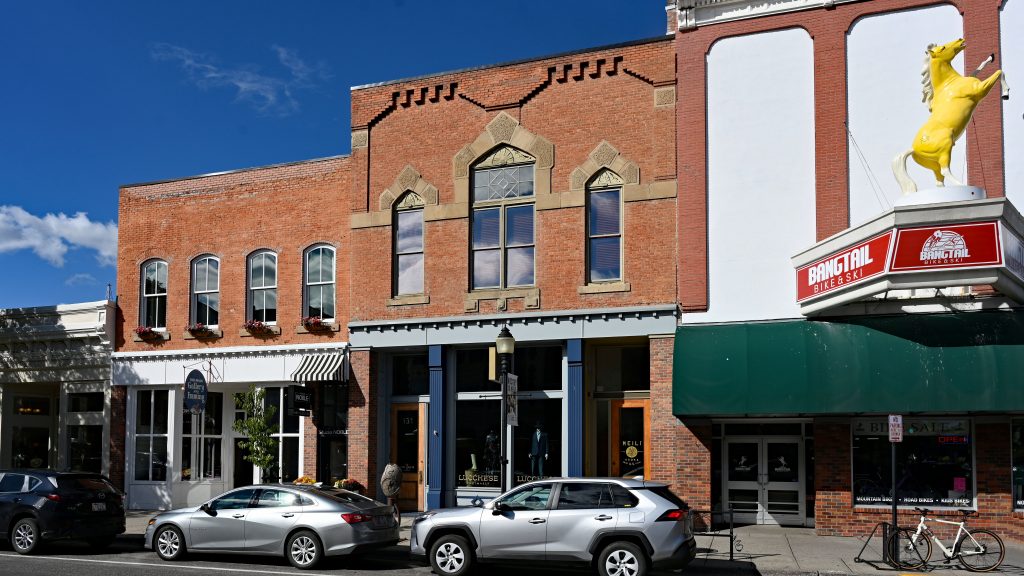
Fred Willson’s talents appear again in the Neo-Gothic Revival hotel he designed in 1918 for saloonkeeper and entrepreneur John Fechter. Its white glazed terra cotta, contrasted with vertical bands of red brick, makes the façade stand out, while the iron and glass canopy still catches the light in a way that feels theatrical. In its early days, the ground floor bustled with Woolworth and J.C. Penney, while the upstairs housed guests and residents—a blend of commerce and daily life under one roof.
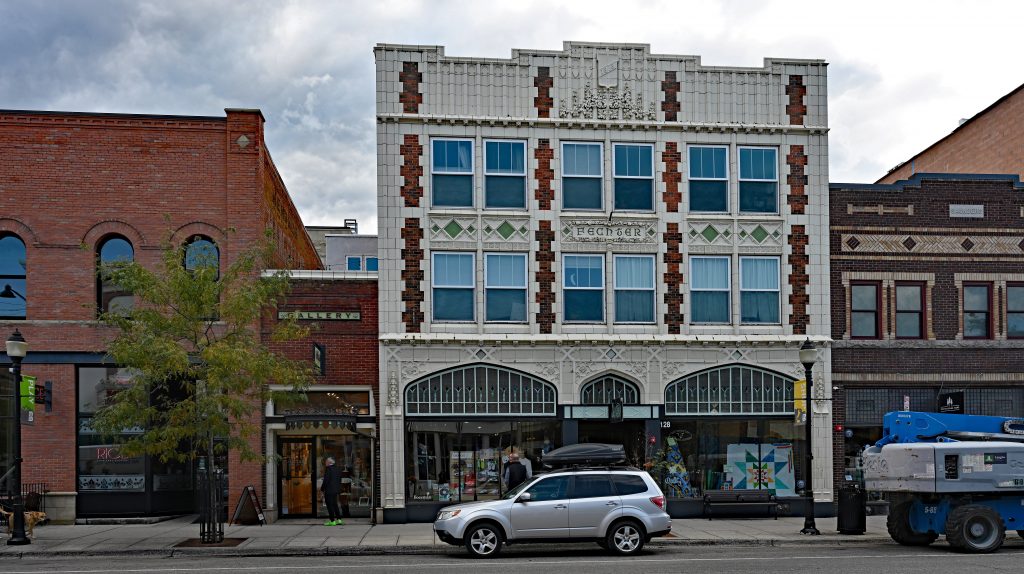
One of my favorite discoveries was the Bon Ton Bakery building. When entrepreneur Eugene Graf hired Willson to remodel it in 1928, the storefront was transformed into a graceful Mission Revival style, with stucco walls, arched windows, and a mosaic proclaiming its name. I could almost smell the loaves and pastries that once drew townsfolk inside, a fragrance mingling with the chatter of the street.
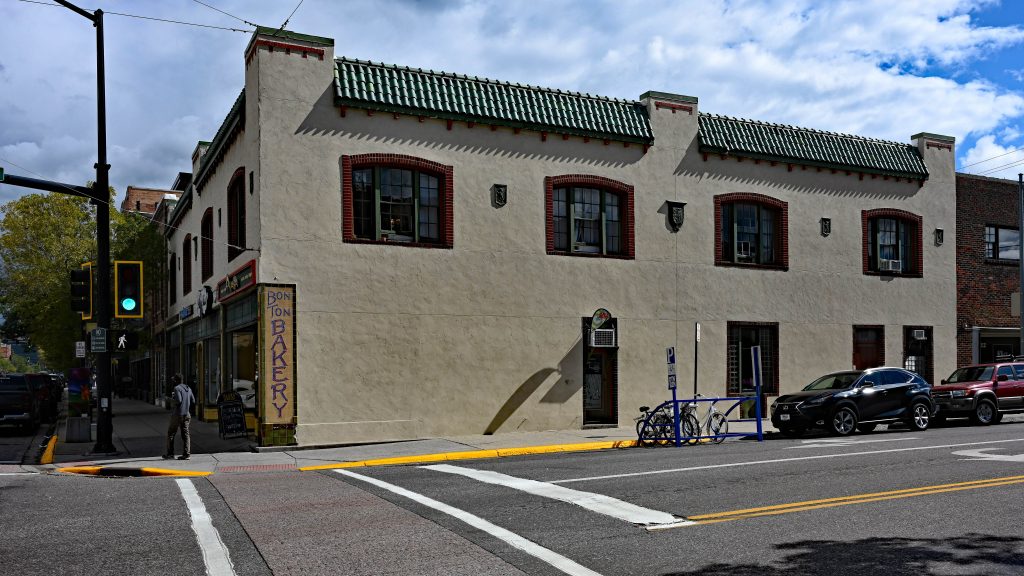
Toward the end of my walk, I stopped at the Mountain Trails Gallery. Unlike the older landmarks, it celebrates the present, offering art inspired by the rugged landscapes that surround Bozeman. Stepping inside, I felt the continuity between the pioneering spirit of the past and the creative energy of today.
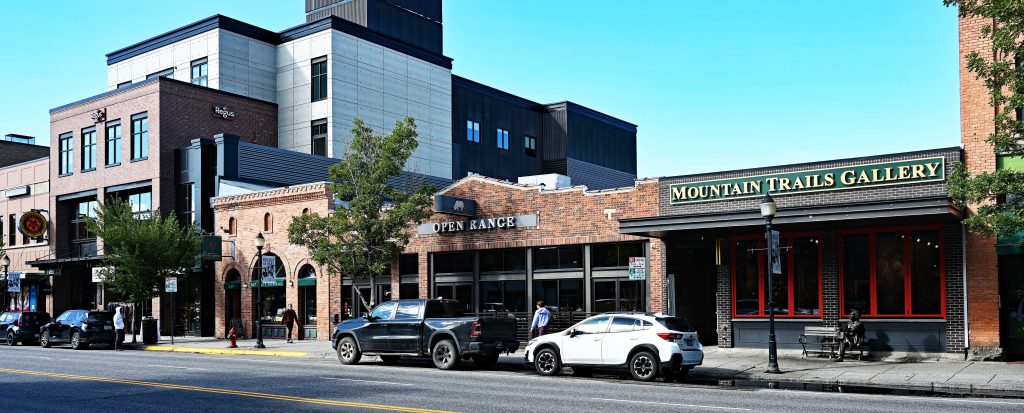
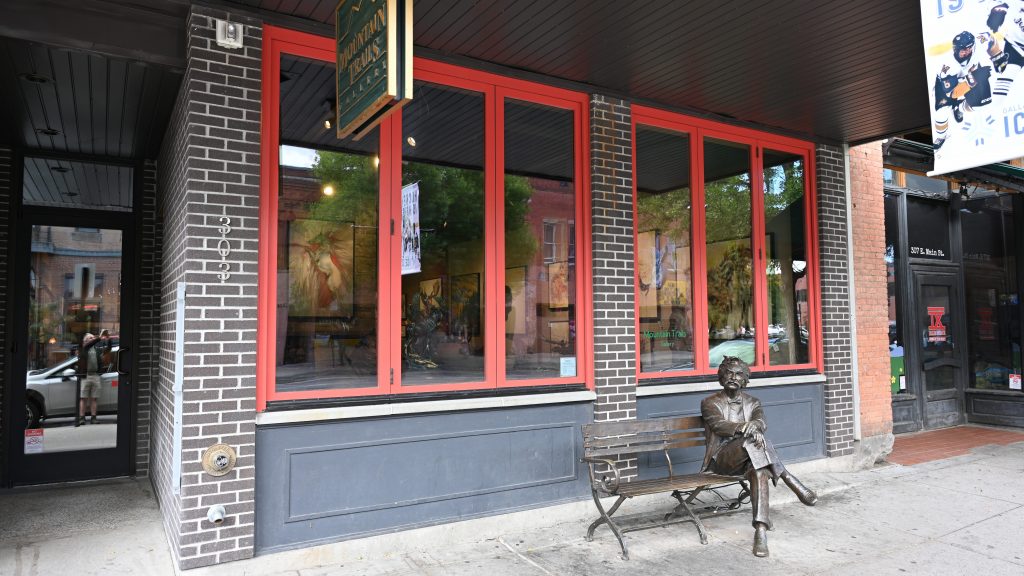
Main Street in Bozeman is not just a place of commerce or traffic—it is a living chronicle. With every step I took, I felt the town’s ambition, resilience, and charm layered into the very bricks and stone. Walking its length was like moving through a timeline where echoes of the frontier meet the hum of modern life, and where history is not confined to plaques and museums but woven into the very fabric of the street.